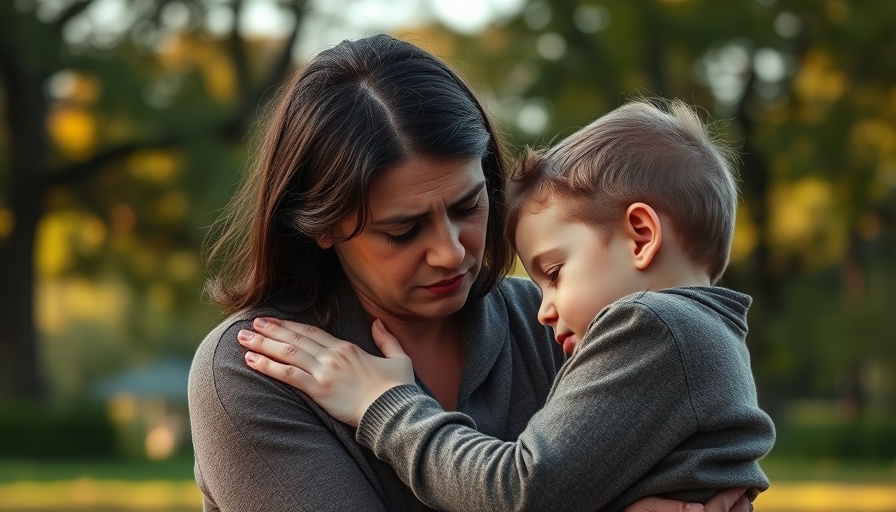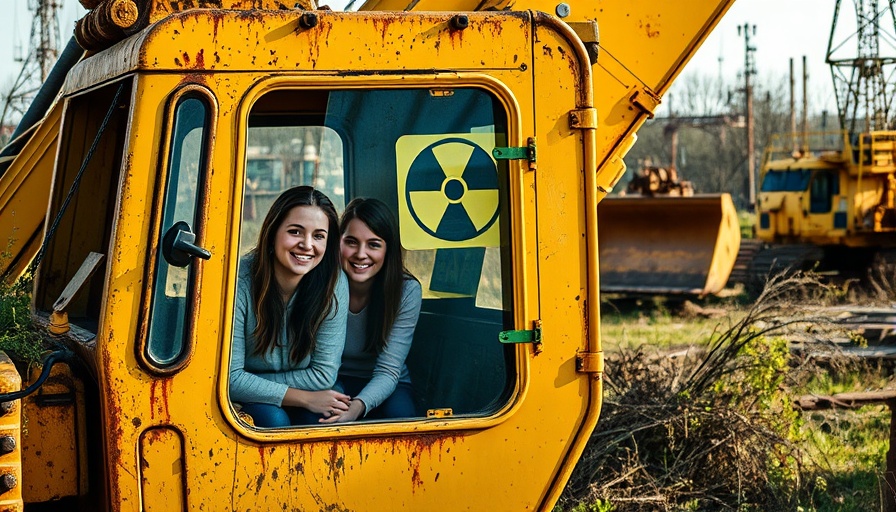
Why the Change? Understanding HHS's Bold Moves
The recent overhaul of the Advisory Committee on Immunization Practices (ACIP) by the U.S. Department of Health and Human Services (HHS) is a significant pivot towards rebuilding public trust in vaccines, a matter that has become increasingly contentious in recent years. HHS Secretary Robert F. Kennedy Jr. emphasized a commitment to restoring faith in the science guiding vaccination recommendations. The sweeping dismissal of all 17 ACIP members is not just a shake-up; it's a recalibration aimed at eliminating perceived biases that have undermined credibility.
Restoring Faith in Science: The Public's Demand
Why is this decision a bold one? Simply put, it's about the public's perception of vaccine recommendations in light of recent scientific controversies. The HHS's action is designed to address these concerns directly. Kennedy’s assertion that no specific agenda—pro or anti-vaccine—will dominate the discussions aims to resonate with an audience that is understandably wary. Public confidence can only be achieved through transparency, especially when the stakes are as high as public health.
Historical Context: The Vaccination Debate
Historically, the debate around vaccinations has been fraught with emotion and misinformation, particularly during the COVID-19 pandemic. The ACIP traditionally serves a critical role in shaping the national immunization schedule and lending credibility to vaccines. However, the perception that it may operate as a "rubber stamp" for pharmaceutical interests has been a recurring grievance, validating the need for this overhaul.
The Future: What Lies Ahead
With a new committee set to convene its first meeting in late June 2025, the questions on everyone's minds are: Who will step into these vacant roles? How will these new members ensure that public health is prioritized? An ideal composition would involve independent experts free from the influence of industry ties, fostering a renewed commitment to evidence-based medicine.
Embracing Transparency: The Key Takeaway
Kennedy’s declaration regarding “radical transparency” echoes a growing sentiment among stakeholders in public health, who recognize that openness is crucial for rebuilding trust. This isn’t merely a bureaucratic change; it’s a cultural shift. Will the HHS follow through to ensure ongoing dialogue and accountability? The effectiveness of this overhaul will ultimately depend on how engagingly and transparently these new committee members communicate with the public.
 Add Row
Add Row  Add
Add 




Write A Comment